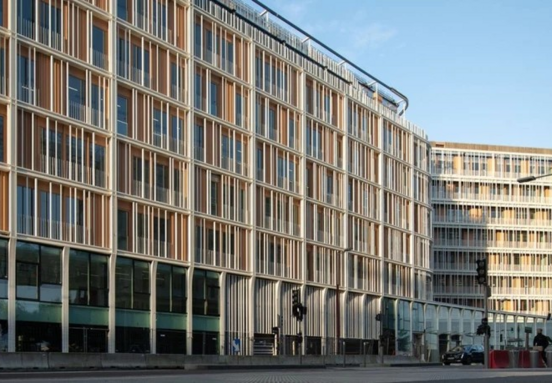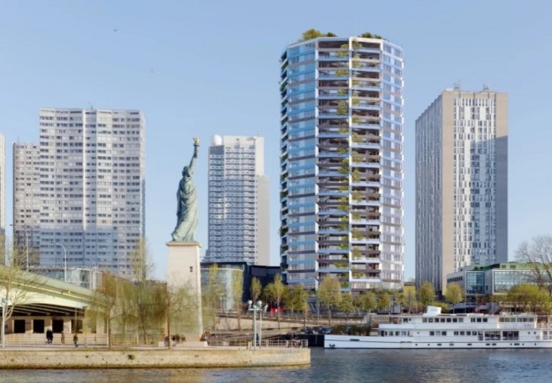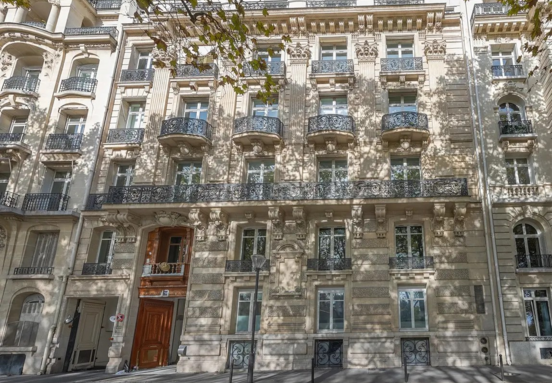Identifying employee needs
Before diving into choosing furniture for your professional space, it’s essential to consult with your employees. As a primary work tool, office furniture must be comfortable, practical, and well-suited to the needs of your team. Take time to understand the challenges, preferences, and requirements they experience. Don’t hesitate to ask questions and list their feedback.
By exploring the Kollori blog, you'll find essential tips for selecting smart, innovative furniture that effectively meets employee needs. For example, you might consider acoustic partitions for the sales department, ergonomic chairs for everyday comfort, or a large executive desk for leadership roles.
Taking technical constraints and regulations into account
Before visiting office furniture showrooms or browsing stylish furniture online, it’s crucial to carry out a technical audit of your premises. This step is key to making the right furniture choices. You should consider several important factors and you can also consult 10 rules for designing an open space.
- Is your business located in a high-rise building (HRB)? If so, the furniture must comply with fire safety regulations and be made from flame-retardant M1-rated materials.
- If you have floor plans for your workspace, you can simulate layout options yourself or with a professional to determine the space’s maximum capacity. This helps you choose furniture that's proportionate to your available space.
- You must also be aware of all current regulations regarding professional spaces and employee well-being. For example, regulations require at least 80 cm of clearance behind an office chair, meaning large, bulky furniture may not be appropriate in smaller areas. Also, ensure there’s at least 1 meter of clearance for walkways and passageways.
Choosing classic furniture to structure the workspace effectively
Setting up a workspace can be costly. That’s why it’s often wise to stick with classic furniture that allows for practical layout and organization, while also supporting a welcoming and professional environment.
For desks, light wood or white-toned classic designs are often preferred due to their durability.
As for secondary furniture, you can choose mid-range options since these pieces don’t directly affect working comfort or productivity. This approach allows you to find affordable, functional furniture that still meets your needs.
Focusing on design and defining unique models to create a distinct atmosphere
Your company likely has its own values, identity, and culture, which should be reflected in your office furniture. No matter where you purchase the furniture, your workspace should reflect the image and style you want to project. Ask yourself: What kind of atmosphere do you want to create? Modern, minimalist, vintage, art deco, tech, or industrial?
Design your professional space around your brand identity, company culture, and values. One effective way to do this is by customizing furniture to reflect your brand’s colors and style. Key pieces for personalization include:
- Reception desks
- Lounge sofas
- Armchairs
- Executive desks
- Meeting tables
You can also add green plants in office corners to emphasize a sustainable, eco-conscious image. For low-maintenance options, choose plants that require minimal care. Personalized waste bins are also a thoughtful touch.
Strictly following key criteria when selecting office furniture
While design is important, it’s not the only factor when choosing furniture. Here are the essential criteria to keep in mind to ensure your choices meet all functional and regulatory needs:
- Durability and resistance: Choose furniture that stands the test of time to avoid frequent replacements.
- Safety: Office chairs and furniture must support users safely, preventing any risk of injury.
- Eco-friendliness: Prioritize furniture that is produced sustainably and in compliance with environmental regulations—ideally made in France or locally.
- Modularity: Workspaces and needs evolve. Select multifunctional furniture that can adapt over time.
- Budget: Keep spending under control. Set a clear budget and stick to it to avoid overspending during the furnishing process.
Office furniture ideas for different spaces
Most professional environments are divided into multiple areas, each serving a unique function. Each space requires furniture that suits its specific use while meeting the criteria above.
Reception area furniture
In your office entrance, consider installing a reception desk or counter, especially if you frequently welcome visitors. Add a cozy waiting area with cushioned armchairs and a table for a more comfortable experience.
Meeting room furniture
If your workspace includes a meeting room, make sure it’s properly furnished. The layout of a 5-person room differs from that of a 20-person one. Depending on the number of participants and available space, choose the most efficient layout. In small rooms, face-to-face seating may be appropriate, while larger rooms can accommodate a central meeting table surrounded by comfortable chairs.
Office furniture for open space layouts
In open-plan offices, shared face-to-face desks with acoustic dividers are recommended to isolate work areas and reduce noise. This setup can accommodate groups of around ten people efficiently.
It’s crucial to use noise-reducing partitions, as sound pollution can negatively impact productivity. Equip workstations with comfortable rolling chairs for added flexibility.
Office furniture for coworking spaces
For coworking layouts, opt for large shared tables with comfortable chairs in the main working area. You’ll also need appropriate furniture for a meeting room, relaxation area, and dining space. Because coworking spaces serve multiple purposes, modular furniture is the best choice.
Conclusion, selecting office furniture is a multi-step process that requires careful thought and planning. Depending on your workspace and its individual areas, you’ll need to choose furniture that is both functional and tailored to each specific use. By combining employee feedback, compliance with regulations, smart design choices, and budget discipline, you can create a professional space that is both practical and inspiring.







